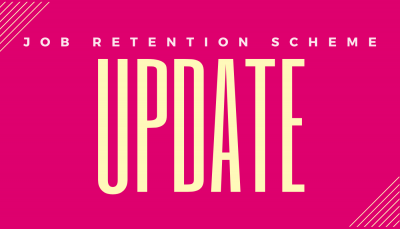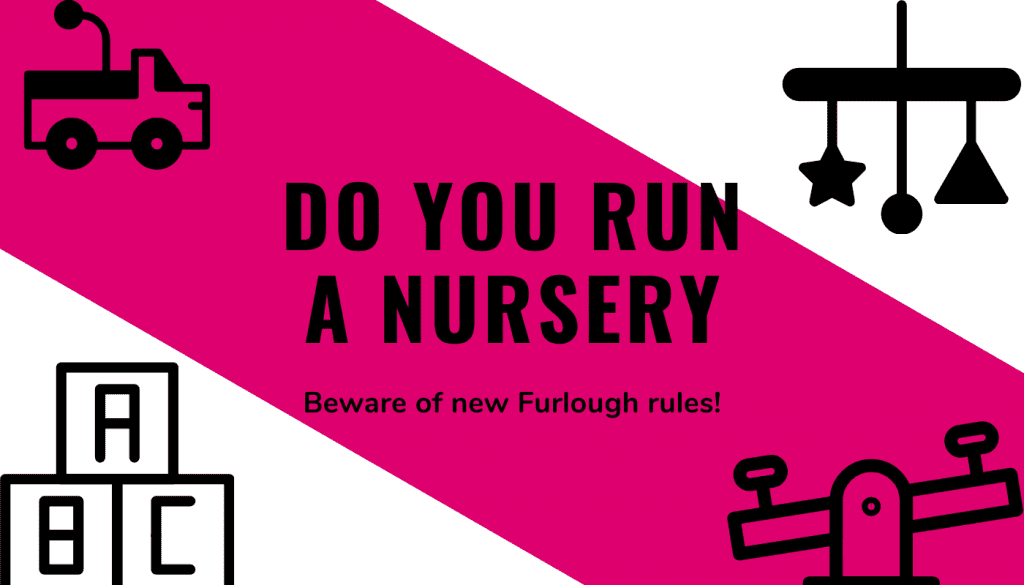
Flexible Furloughing From 1 July 2020, Businesses will have the flexibility to bring previously furloughed employees back to work part-time…

Flexible Furloughing From 1 July 2020, Businesses will have the flexibility to bring previously furloughed employees back to work part-time…

The portal opens this week to claim your grant is you are self-employed. This is capped as a taxable lump…

The government’s Coronavirus Job Retention Scheme will remain open until the end of October, The key points announced by Chancellor…

After Boris’ speech on Sunday, selected businesses are now allowed to open under the new HSE guidelines. If you are considering opening…

On Sunday Boris Johnson addressed the UK and gave a speech that confused the nation. Stay alert, control the virus,…

New loans for small businesses announced. Sadly, lockdown doesn’t seem to be ending soon. This means that we are going…

DO YOU RUN A CHILDREN’S NURSERY? Beware of the new furlough rules! If you operate a Childs Nursery or playground and receive…

What we know so far update! We now have some more guidance on the government’s help for individuals, businesses and…

How to preserve your cashflow during COVID-19 As the saying goes, turnover is vanity, profit is sanity and cash flow…

Running effective virtual meetings Videoconferencing has been available for decades for larger companies, but until recently the majority of meeting…